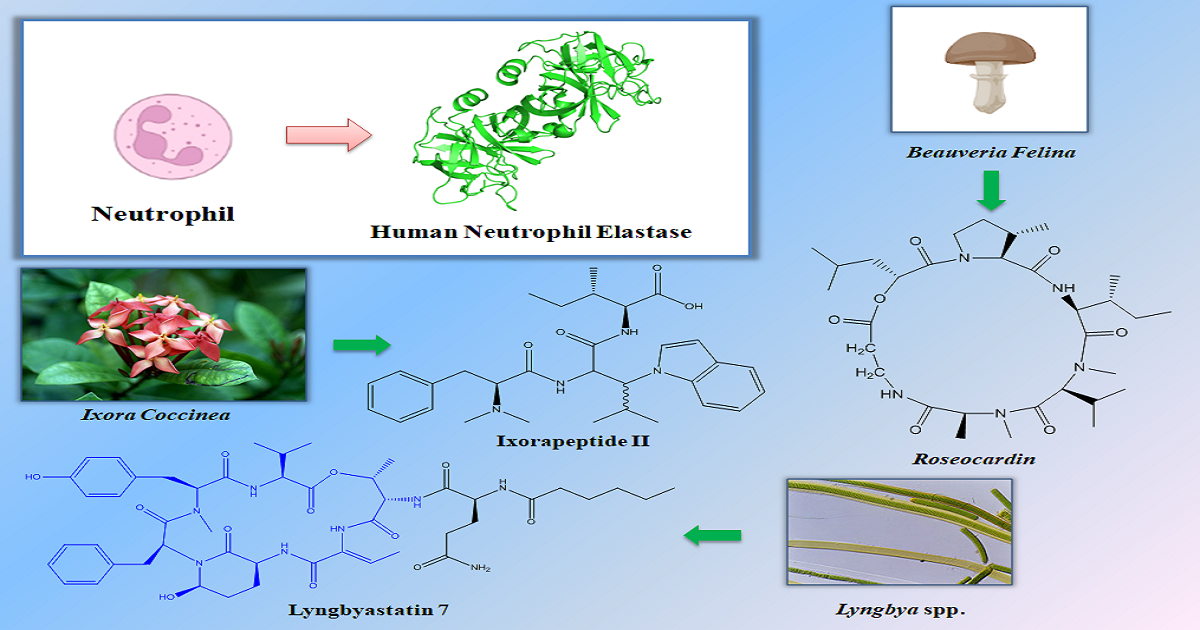Topic Menu
► Topic MenuTopic Editors


Bioactive Peptides as Functional Food Ingredients

Topic Information
Dear Colleagues,
It is a great pleasure for me to introduce the following Topic, titled “Bioactive Peptides as Functional Food Ingredients”, by the International Journal of Molecular Sciences and Current Issues in Molecular Biology. This collection will host diverse contributions ranging from full articles to reviews focusing on the analysis and characterization of naturally bioactive peptides and their synthetic derivatives for the development of food ingredients and supplements, with the aim to find novel applications in the field of nutraceuticals and food science. Plant-based studies are welcome as well as studies of peptides and amino acids from animal sources in order to design functional food with potential benefits for humans. We are eager to receive your contributions.
Dr. Azzurra Stefanucci
Prof. Dr. Adriano Mollica
Topic Editors
Keywords
- peptides
- food
- nutraceuticals
- plants
- health
Participating Journals
| Journal Name | Impact Factor | CiteScore | Launched Year | First Decision (median) | APC |
|---|---|---|---|---|---|

International Journal of Molecular Sciences
|
4.9 | 9.0 | 2000 | 20.5 Days | CHF 2900 |

Current Issues in Molecular Biology
|
3.0 | 3.7 | 1999 | 17.8 Days | CHF 2200 |

Preprints.org is a multidisciplinary platform offering a preprint service designed to facilitate the early sharing of your research. It supports and empowers your research journey from the very beginning.
MDPI Topics is collaborating with Preprints.org and has established a direct connection between MDPI journals and the platform. Authors are encouraged to take advantage of this opportunity by posting their preprints at Preprints.org prior to publication:
- Share your research immediately: disseminate your ideas prior to publication and establish priority for your work.
- Safeguard your intellectual contribution: Protect your ideas with a time-stamped preprint that serves as proof of your research timeline.
- Boost visibility and impact: Increase the reach and influence of your research by making it accessible to a global audience.
- Gain early feedback: Receive valuable input and insights from peers before submitting to a journal.
- Ensure broad indexing: Web of Science (Preprint Citation Index), Google Scholar, Crossref, SHARE, PrePubMed, Scilit and Europe PMC.

